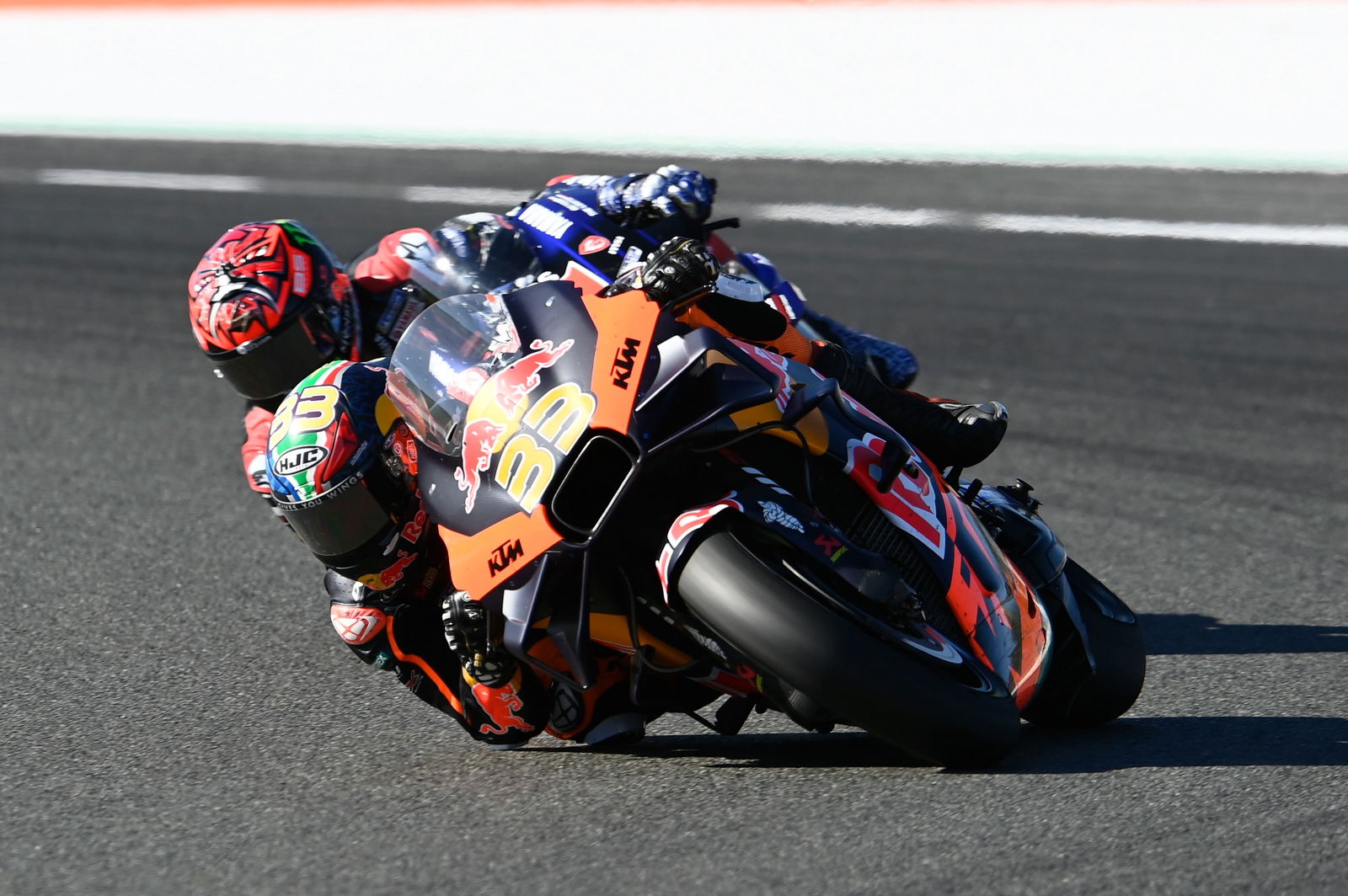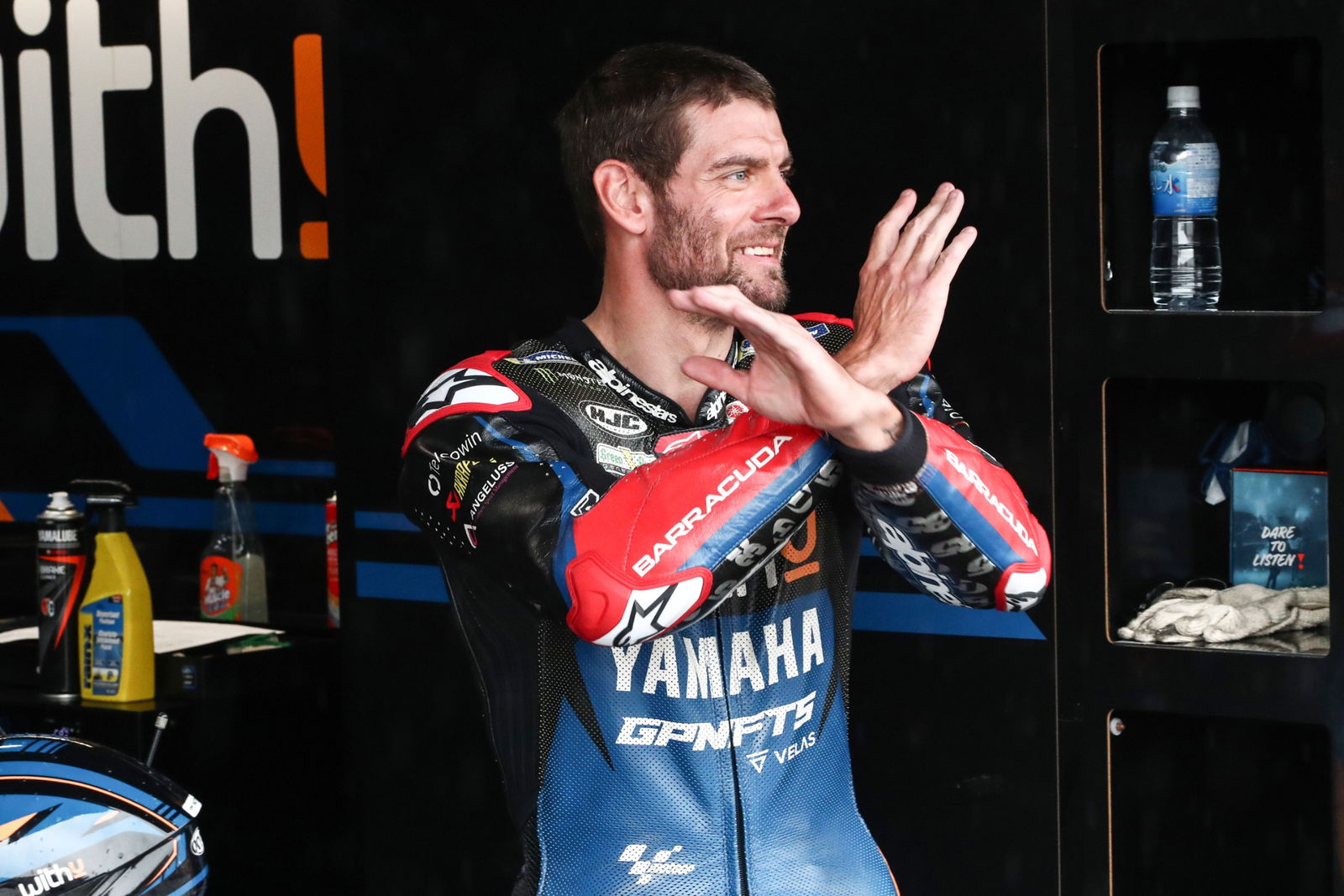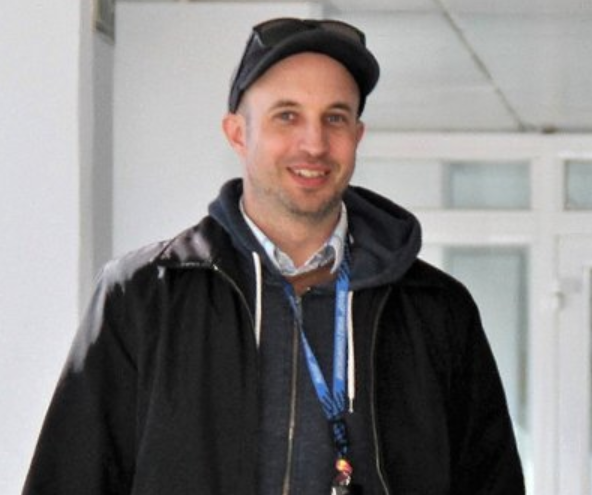‘Danger zone’: MotoGP’s new accident detection system explained

Announced in the aftermath of fatalities for teenage riders hit by following competitors during 2021, the brief given was to create 'automatic, near-instant warning systems for all following riders/motorcycles... [that] must be applicable to Championships of all levels, including Talent Cups.'
According to Cecchinelli, the initial system “should be active next year.”
But what exactly is it and how does it work?
The first clue came when MotoGP riders were asked to try turning on their rear rain light in dry and sunny conditions during free practice at Portimao in November 2021.
A change in the Moto3 technical rules in March this year then revealed that the standard IMU (Inertial Measurement Unit, made up of gyroscopes and accelerometers) was being modified ‘to facilitate the introduction of an automatic warning system for riders approaching the scene of a crash’.
In an interview with Crash.net, Cecchinelli, who rose to Vice Director General of Ducati Corse before taking on the newly created role of MotoGP Director of Technology in 2011, fills in the pieces of the puzzle for what could be motorcycle racing’s biggest step in safety since the introduction of airbags…
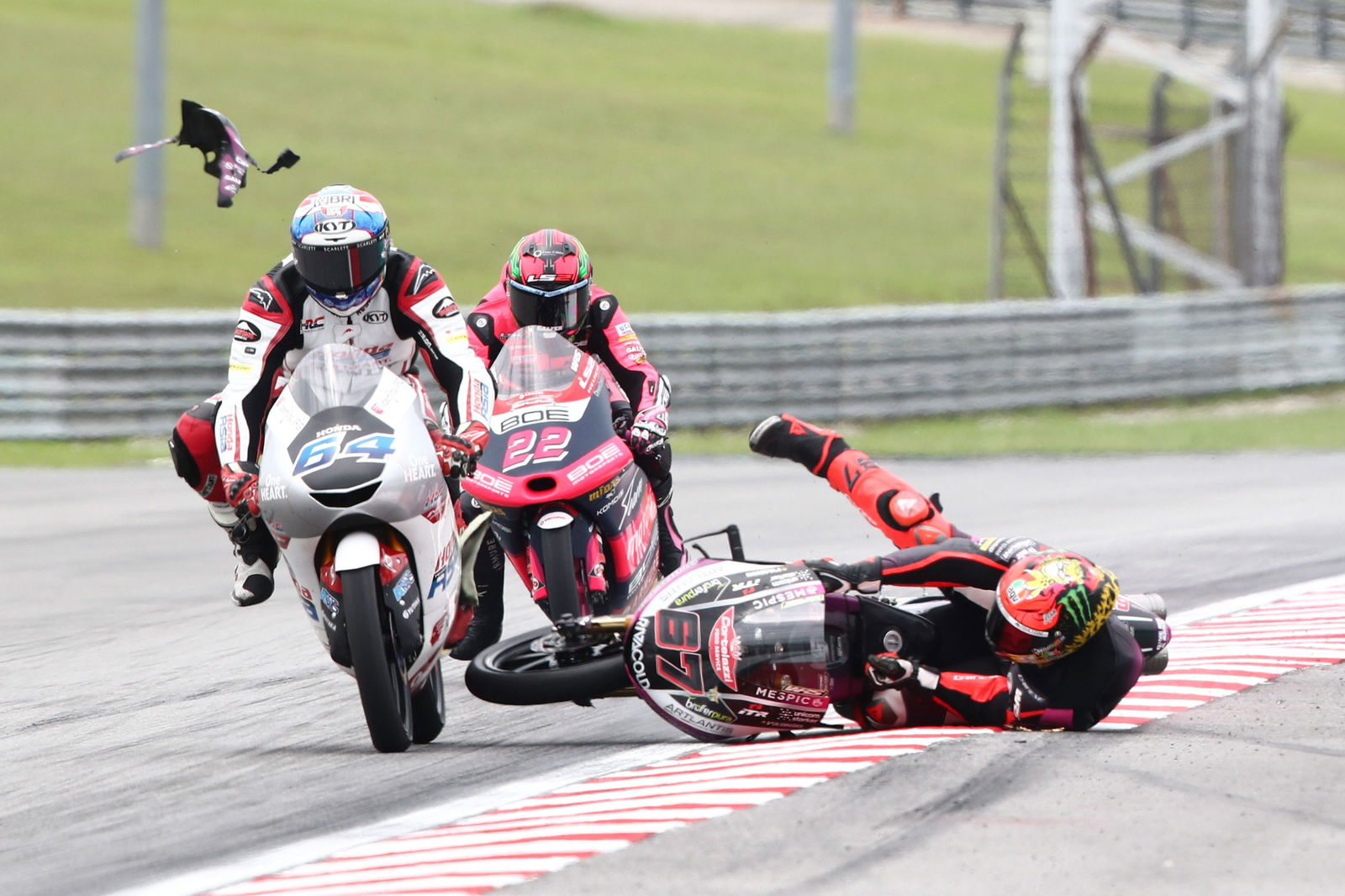
A ‘virtual drop switch’
An automatic warning system requires detecting, as soon as possible, that a rider has fallen, then transmitting a ‘rider down’ signal out from the bike and finally alerting following competitors.
Detecting the accident, Cecchinelli explained, will be done by means of a ‘virtual drop switch’, using data from the IMU to calculate when a rider is falling.
“The basic principle is, on every machine in all classes, a system that is able to detect a crash. By system, I mean a hardware and a software, which then sends a signal to Race Direction," Cecchinelli said.
“The hardware is, at the moment, a ‘virtual drop switch’ that we build from the IMU signals. We don't have a [physical] drop switch, but we use signals from the IMU to build a virtual drop switch.”
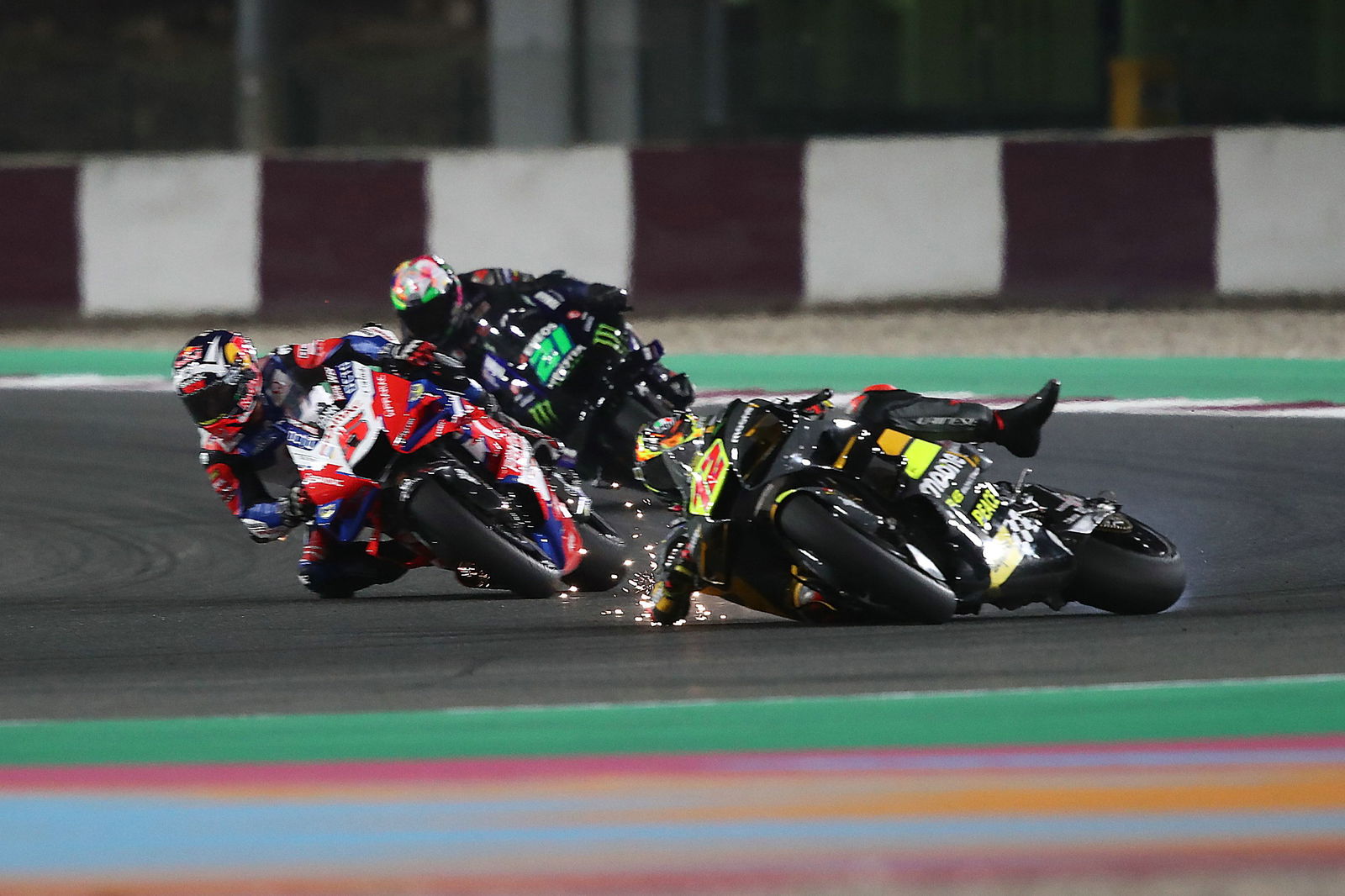
‘Detecting a crash before touching the ground’
But waiting for the bike to physically ‘drop’ onto its side would, in some cases, take too long.
As such, and in the same way that advanced algorithms are used to deploy airbags before a rider hits the ground, the crash detection software will measure the ‘rate of change’ for things like lean angle to spot the earliest sign of an accident.
“We also consider - this gets very technical - the position of the bike and also the speed at which it is falling. Because one problem is that waiting for the bike to be on the ground was too long,” Cecchinelli confirmed.
“So we had to implement something which is not a prediction, but it's a derivative [rate of change]. So, if you are leaning too fast compared to how fast you are leaning in normal conditions, then it triggers a ‘crash’ signal.
“It’s not really predicting, but it's detecting a crash before touching the ground. Which is also something the airbag systems do; these work before you hit the ground.
"But you don't want false positives, so it's a bit tricky.”
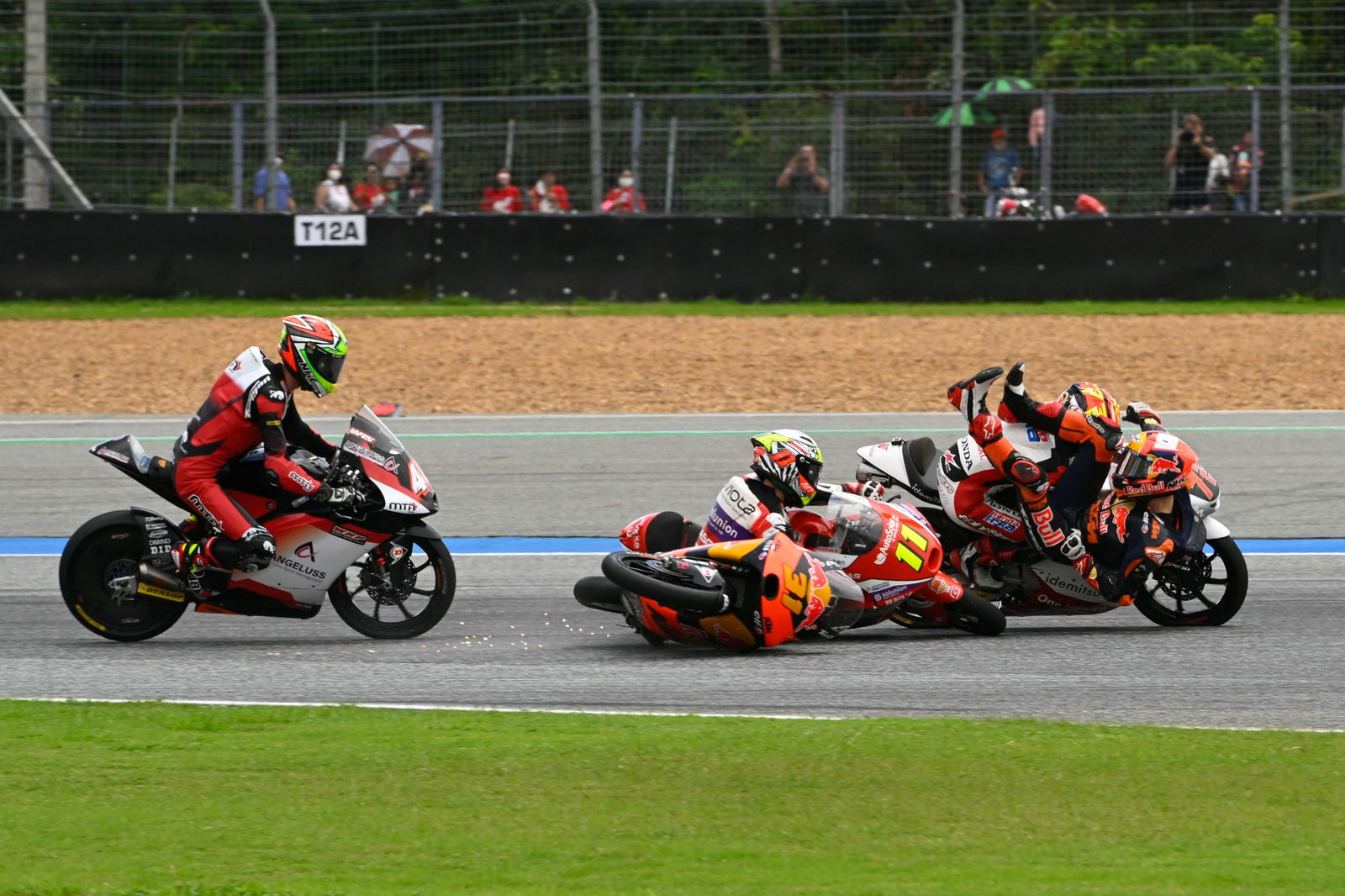
‘Crash’ signal sent via timekeeping, ‘danger zone’ identified
Once the onboard hardware and software have detected an accident, the circuit timekeeping infrastructure will be used to receive a signal from the fallen bike and then trigger a warning alert to the following machines.
“This is possible because now we will have a [new] device on all machines that is able to send and receive [signals] continuously,” Cecchinelli said.
“The present device fitted to the bikes for lap timing and so on, only sends data when the bike is crossing a [timing] loop. Which is not often enough for this [warning] system.
“You have to have something that is continually exchanging data with the track infrastructure in real-time.
“So when an accident is detected on the bike, it will send a ‘crash yes’ signal to timekeeping. The timekeeping system then responds by sending a signal back to the fallen bike as well as other bikes in a given ‘danger zone’ around the crashed bike to activate a warning for following riders.
“It's clearly a two-stage project: Stage one is from detecting the crash and having a feedback signal from the timekeeping. Then stage two is what you do with this feedback signal."
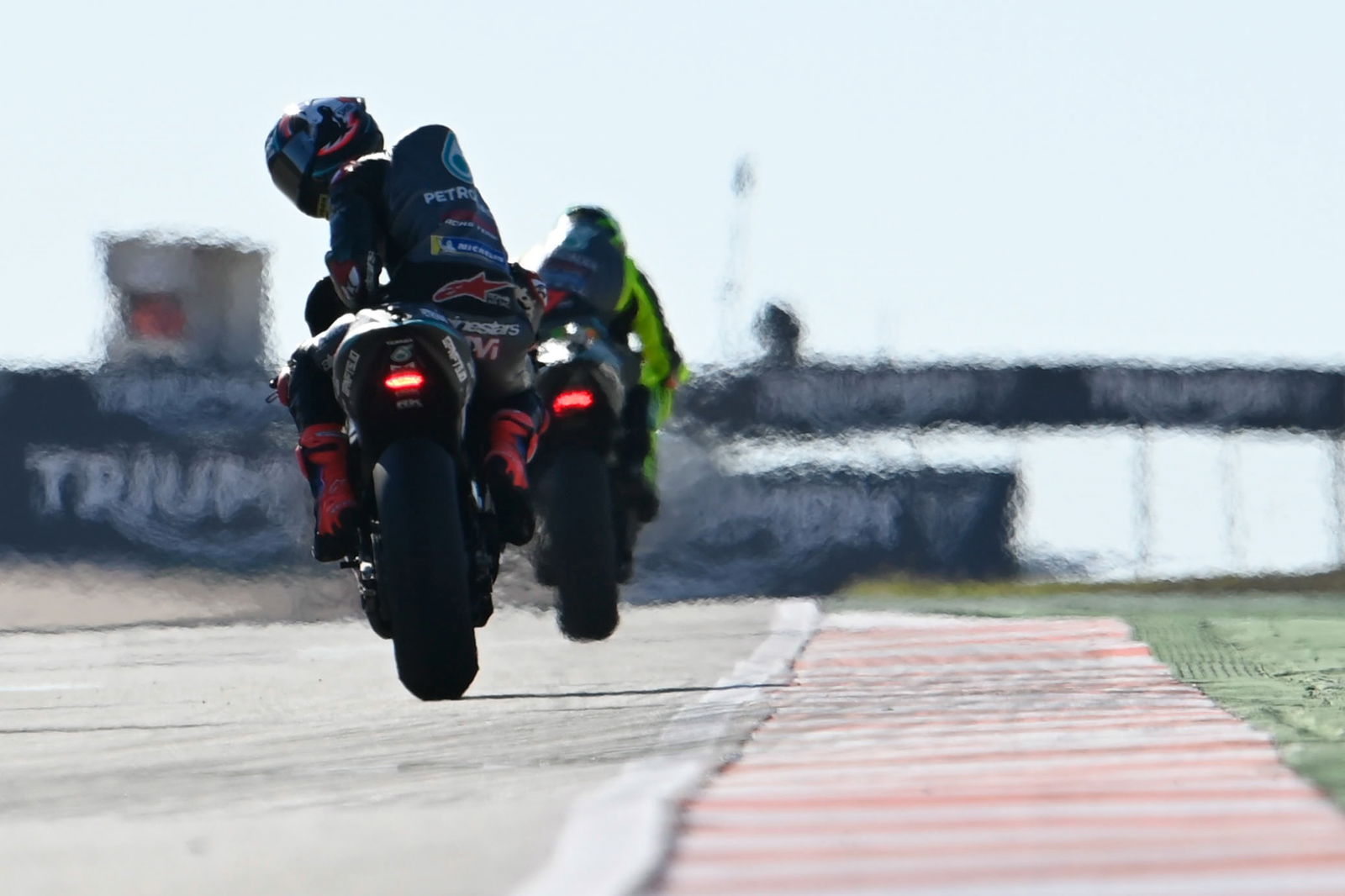
A flashing rear rain light - for now
The initial method to alert following riders of an accident will be the flashing rear rain light, triggered not only on the fallen bike but all bikes in the ‘danger zone’ around the accident.
This is necessary because if only the fallen bike was illuminated, resulting in riders first on the scene braking hard or taking evasive action, there would still be a risk of secondary incidents caused by other riders further down the field arriving at full speed.
“The type of warning method for following riders is split between what we are going to do immediately, and the plan for the future,” Cecchinelli continued. “As a first step, when you enter the danger zone, we will switch on the rear rain light, in flashing mode. This should be active next year.
“There's of course a lot of uncertainty on whether the rear light will be visible enough. We think it will be and anyway it's very important to test all of the system.
“But the rear rain light is not our final goal. It’s much better than nothing, but it's more or less a test of the whole system: crash detection, sending the signal to timekeeping and sending back a command."

‘Unlimited potential’ for improvements
Cecchinelli made clear the rear rain light is only the starting point and, once the base system has been proven, a range of more hi-tech add-ons can be made.
“There is an almost unlimited potential for improvements over the initial version, depending also on future technology,” Cecchinelli said.
“For instance, the principle is to avoid running over a crashed bike or rider. Therefore, we could add a second system on the rider, as well as the bike, and also develop a way to monitor exactly where each of them are in relation to the track.
“Then you could move to a more refined system where if the bike or rider is on the ground and on track, you trigger the ‘danger zone’ warning. But not if both the fallen rider and bike are 100 metres away from the track.
“Because what may happen with the initial version is you have a crashed bike completely out of danger - the bike could be off the track and maybe already in the hands of the marshals - but still it will be considered a ‘danger zone’ with rear lights flashing. So it’ll be safer than needed to start with, which is good, but excessive.
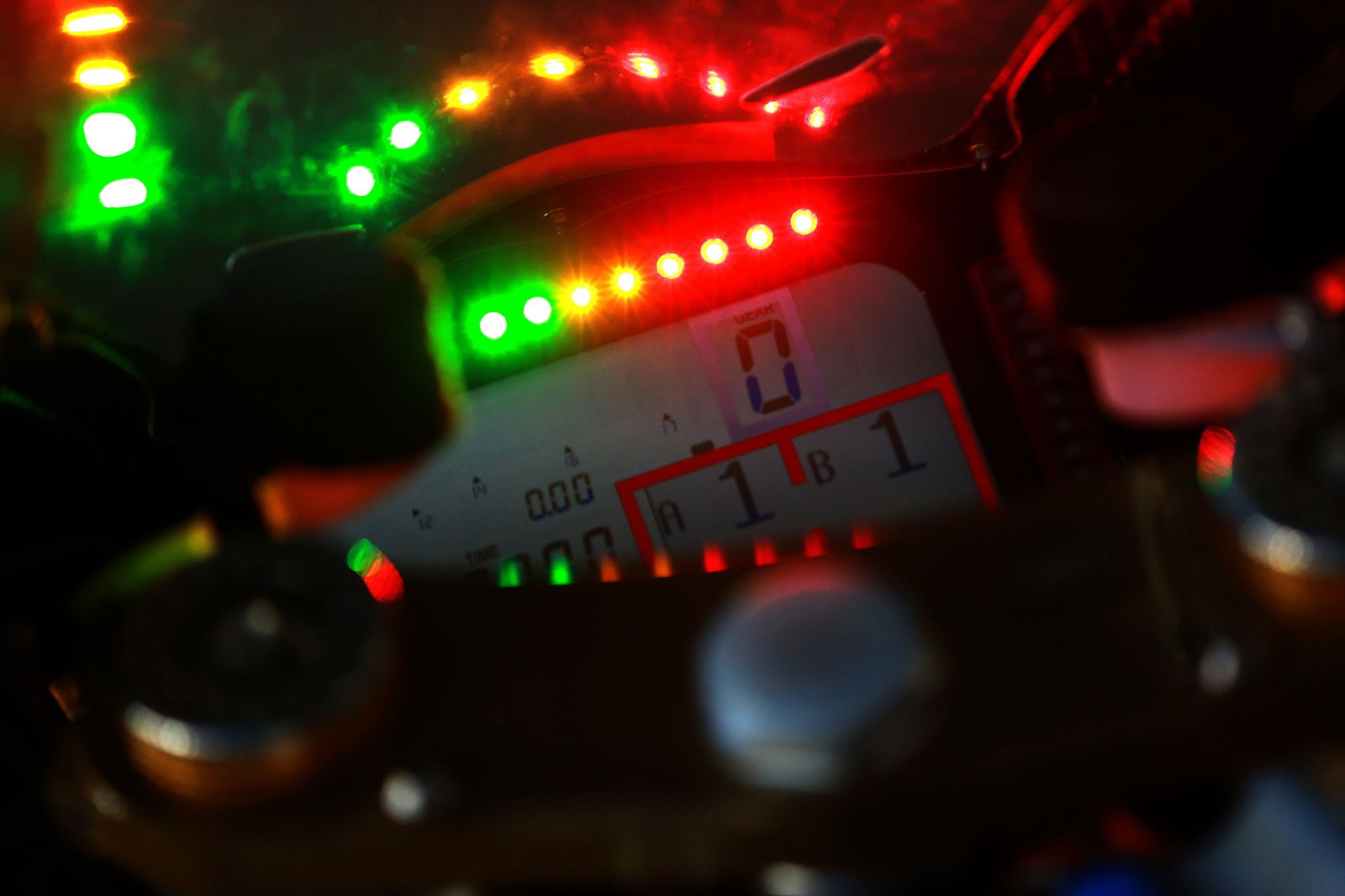
A beep, acoustic alarms, head-up display, flashing dashboard...
“Our final goal is not just to switch the rear light on, but to also do something to really catch the rider’s attention, which is a dangerous thing to do, so we are taking our time.: A beep, acoustic alarms, a head-up display, a flashing dashboard, or whatever you can imagine is the next step.
“For me, this will be the biggest improvement to the system for safety.
“The idea [in future] is to do a number of things so that at least one will be effective in getting the attention of the riders, because we are talking about trying to save their lives.
“The best chance of getting their attention is to implement many different kinds of warning methods at the same time, in the hope that one of them will be seen or heard.
“So if you flash the rear light, as well as sending a beep and also a message in the visor, maybe one of them will work and the rider will realise the danger ahead. But I would not remove what has gone before, just add something else on. But this is all to come.
“Once you have the initial infrastructure in place, there is no added complication as far as the signalling side to also switch on something in the helmet, for example, as well as the flashing rear light."
Once an accident has been cleared and the danger is over, a marshal is likely to manually switch off the initial version of the warning system.
“I think deciding which following bikes receive a warning will be GPS based. So it will trigger for bikes entering an area which is a certain distance before the crashed bike’s GPS position [the ‘danger zone’].
“Then, switching it off on the crashed bike could be manual, by a marshal for example. This is something to be decided and implemented, but I think for the initial version there is no real alternative to switching it off manually.
“[In future] you could program the software to say; ‘when the bike is on the ground, on track, you switch the warning on. Off the track, you switch it off’. But this is not the case at the moment.”
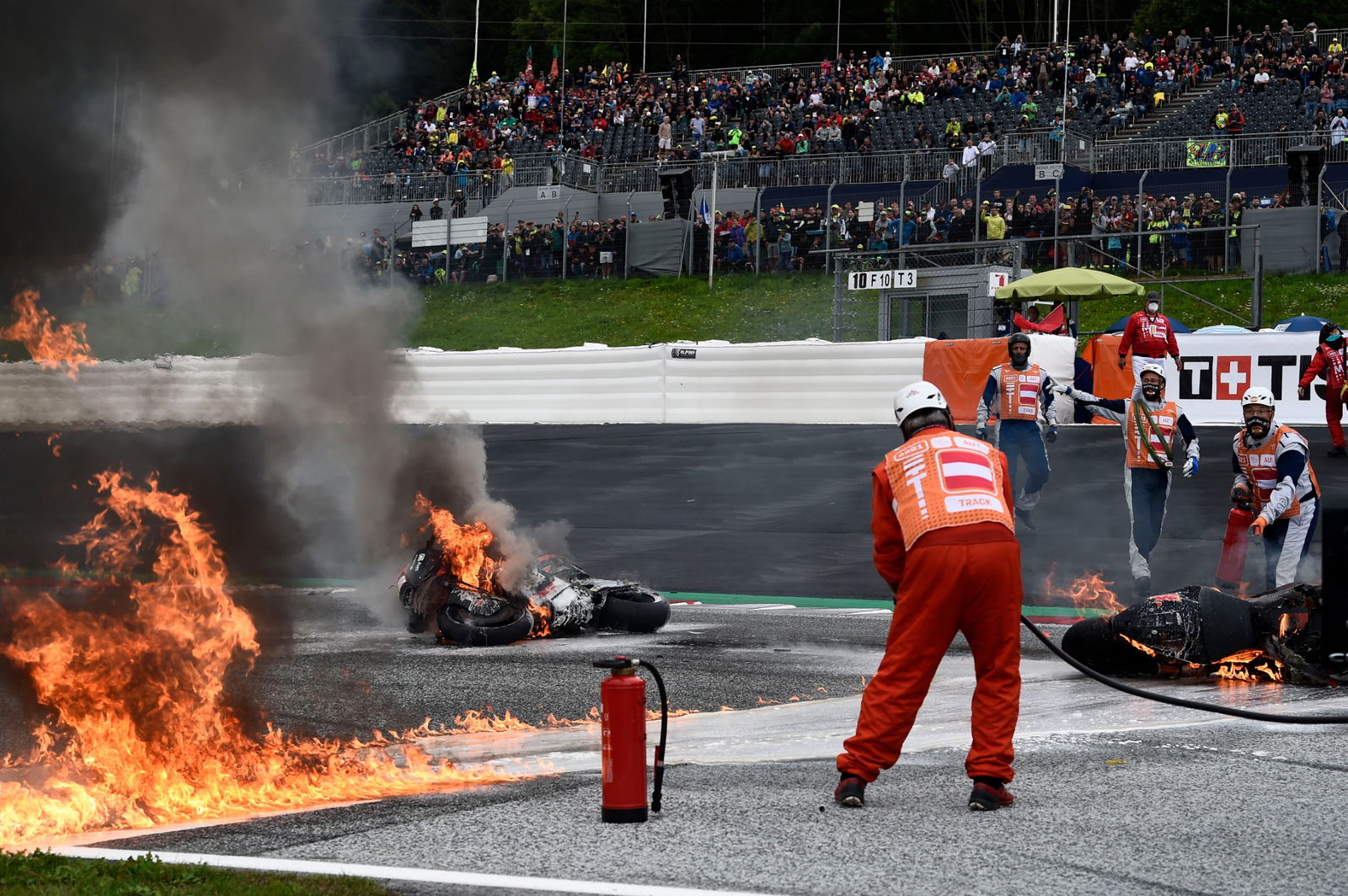
The next big step in safety? ‘We believe so, but…’
At present, waved yellow flags and light panels are the only way to warn riders of danger ahead. But with run-off areas becoming ever larger for safety reasons, the ability to catch a rider's attention from trackside has diminished.
While the nightmare scenario of a rider falling instantly into the path of another competitor will always exist, there have also been occasions where a clear ‘warning window’ has existed between the initial accident and a secondary impact from the following bike.
When Dani Pedrosa fell from twelfth place early in the 2021 Austrian MotoGP, roughly five seconds passed before an unsighted Lorenzo Savadori (in 21st) ploughed straight into his fallen KTM. Pedrosa was unharmed, but Savadori suffered ankle fractures in the fiery impact, which stopped the race (pictured).
It is those kinds of situations where the new warning system could make a real difference.
For Cecchinelli, belief in the potential of the system is reflected by the huge effort being made to develop it, but only time will tell if it will be an airbag-type leap in safety:
“I can't say for sure yet, but of course, we believe so. It's a big project and the fact that we are doing it gives you your answer.
“Whenever you create something new, there’s a lot of uncertainty in how you should do it.
“Let's say the answer for me is: ‘Yes, it should be a big step in safety, but we don’t know how long it will take to perfect it’.”
